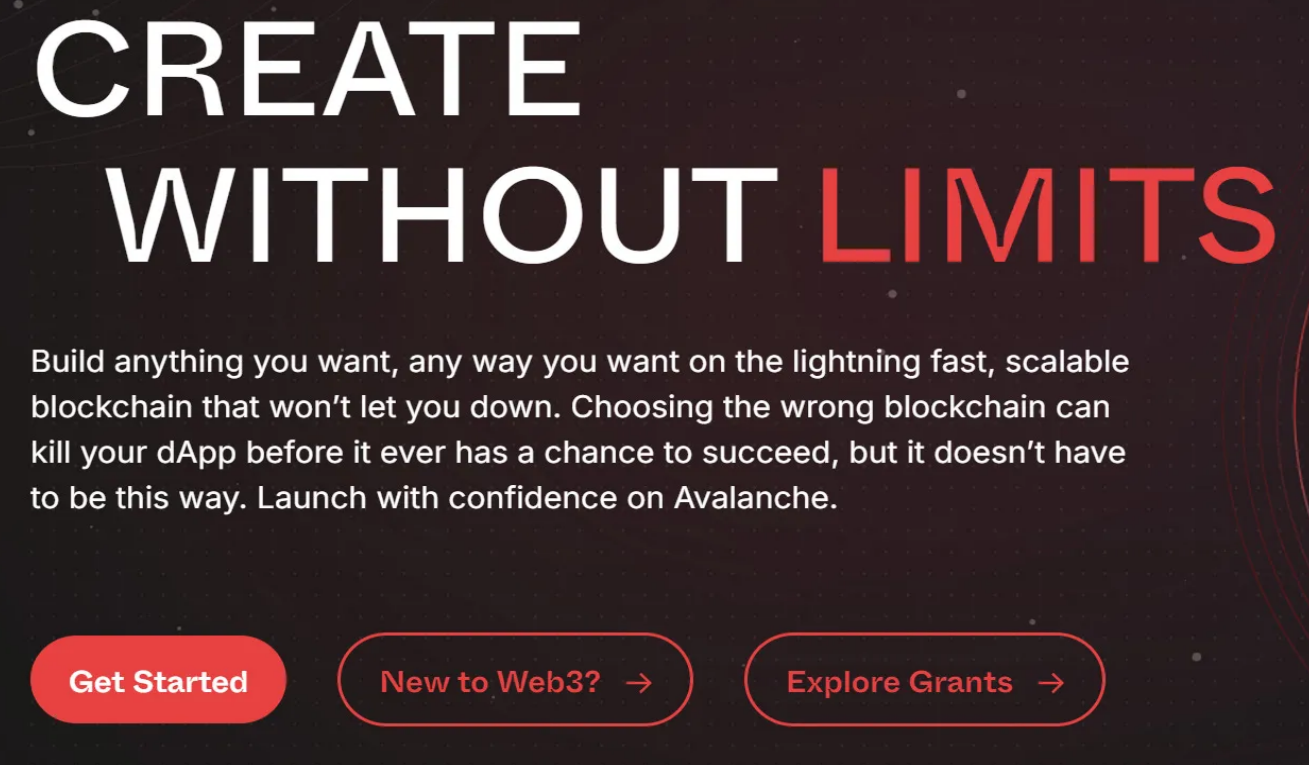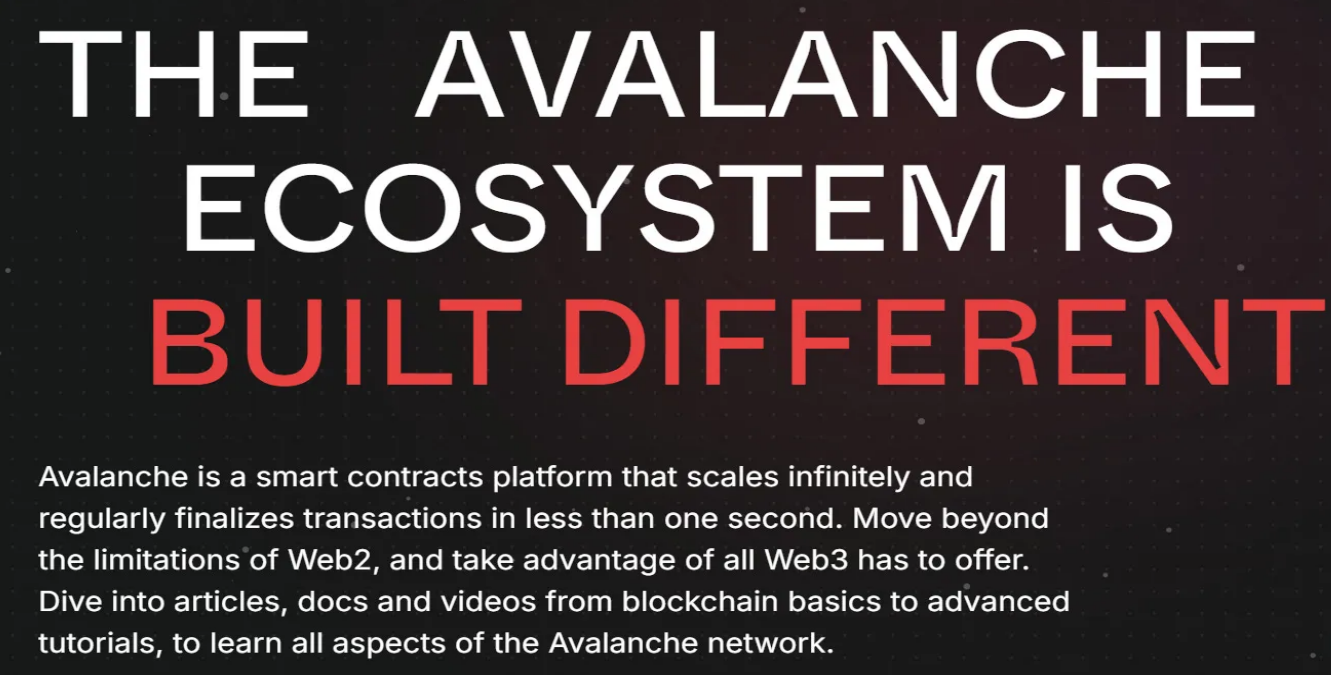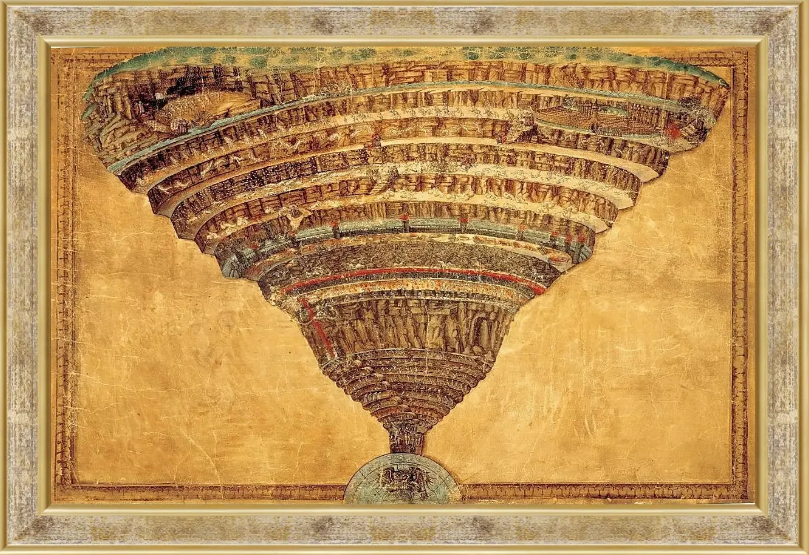The author believes that while cryptocurrencies have potential, their complexity and lack of a simplified user experience make widespread adoption difficult.
Author: blackb-rd
Translation: Blockchain in Plain Language

I can't earn enough money from cryptocurrencies to buy a new house or car, but overall, I think cryptocurrencies are a good idea. Maybe I don't understand the deeper political details behind cryptocurrencies well enough, but in reality, they have positively and legitimately benefited my life.
I feel caught between two types of users: on one hand, those who are still easily deceived or don't know how to save on transaction fees, and on the other hand, those who have already seen everything that cryptocurrencies can offer. This allows me to connect and interact with a wide variety of people, from newcomers who are just starting out to those who have already built careers in cryptocurrency. In this article, I want to share some of my thoughts and reflect on the widespread adoption of cryptocurrencies.
1. Where do I start?
My profession is content manager, focusing on educational practices. Currently, I design introductory content for beginners as well as those who consider themselves advanced users. In fact, I first developed a blockchain course for a master's program at a university, where I had to start explaining from directed acyclic graphs (which I still haven't used) and 51% attacks. But even so, this didn't save me: despite mastering this knowledge, it took me about a year to figure out how to save on transaction fees on the Ethereum network. At that time, terms like Optimism, Avalanche, and Arbitrum were just hollow buzzwords to me. It's embarrassing to say, but it's true.
Over time, the information gradually became clearer, and when I understood the connection between consensus mechanisms, block formation in blockchain, and transaction placement, everything became clear. In fact, it took me two rounds of learning about blockchain technology to truly understand it. Is that slow? Maybe. The comments will tell.
In any case, after two years of moderate learning, I finally felt that I basically understood most of it (including some small details). However, many concepts only started to become intuitive when I focused on learning. For example, to understand Ethereum's L2 solutions, you first need to understand the problems Ethereum faces, and then understand the solutions L2 offers—or you can choose to blindly trust others and start using L2 directly. Even so, ordinary users may not feel that these solutions are very important to them—they care about how to save on transaction fees and avoid spending more on Ethereum than they earn in a day from liquidity pools. And when I opened the Avalanche website, the first thing I saw was the call to "Build Without Boundaries."

Avalanche website—there's not a single mention of how retail users can save on transaction fees.

Then, clicking on "New to Web3?" (Why would beginners know what Web3 is?), I was bombarded with terms like "smart contracts" and "Web3." Your parents probably don't even know they're on Web2, let alone that they're being invited into a world called Web3, which includes smart contracts. Some people might even remember Web1.
This might be a place to discuss whether ordinary people should move beyond centralized trading platforms. But my inclination is to make decentralized spaces accessible to everyone, not just geeks, content managers like me, merchants, and developers. So how do ordinary people feel about the crypto industry? After talking to about 100 people and observing thousands of messages, I have some insights.
2. Public Perception
"Cryptocurrency is a scam"—by the end of 2024, there will still be people who think cryptocurrency is a scam. Interestingly, this is almost like the "bell curve" meme: cryptocurrency is seen as a scam by those who have never interacted with it at all or by those involved in project development. I haven't reached an IQ of 145; I fall somewhere in the middle of this distribution.

These people are victims of unrealized narratives; you can't expect constructive thinking from a narrative—it just tells people a story. For example, "Just buy my cryptocurrency token, and you can get 10 times your return and buy a Lamborghini." This narrative seems to trace back to the ICO boom of 2016-2017. After that, the narrative failed, leading to a counter-narrative: cryptocurrency is a scam. Of course, the root of this negative attitude is people's ancient resistance to new things, which has been nourished by scams over the past few years and current scams. Today, "buy my token" has turned into meme coins, but fortunately, meme coins no longer represent the entire industry.
Top influencers who are not focused on cryptocurrency still confuse centralized trading platforms with decentralized ones. And ordinary people (even advanced IT professionals, some of whom were former NASA employees) simply do not understand the role of cryptocurrencies; who can blame them? The cryptocurrency industry has not simplified the user experience, let alone explained its relationship with traditional finance.
At some point, I tried to delve into understanding blockchain—beyond "distributed databases"—and figure out the roles of blocks and transactions within it. Even language models kept feeding me the same analogies, complicating the issue: "Imagine a ledger that records transactions…" Imagine the frustration of an ordinary person trying to understand a blockchain explorer, let alone figuring out when their transaction was confirmed. There has been no improvement in this area for four years.
Do I need to watch a mini-course from Stanford University just to send some money to a friend without losing $50 in transaction fees when Ethereum gas prices soar? That's a rhetorical question.
Looking at the huge gap between the jargon of cryptocurrency and the communication style of non-crypto users, it feels like the current user experience is built by developers for developers—or, at best, designed by hardcore crypto enthusiasts for other hardcore enthusiasts. These are completely different linguistic worlds, making it hard for someone not related to technology to break through. This complexity broadly helps maintain exit liquidity, but if we want more people to enter, it becomes a disadvantage. For basic operations like buying and selling, having such a complex linguistic environment seems a bit excessive.
But on the other hand, should we really try to get people to understand more than just USDT? Or is it enough to simply allow them to buy an Avalanche card for everyday spending?
3. "I still consider myself a beginner"
This is a self-assessment of those familiar with centralized trading platforms, who understand decentralization (but have not used its "benefits") and are trying to invest in crypto assets. Again, this has nothing to do with education level—these people are very diverse. Almost no one goes further; AAVE is their "boundary" (TVL data confirms this). Some people don't even know they can avoid Ethereum's high fees, let alone how to check the fees, but everyone is struggling with the protocol interfaces. Each protocol feels different, making it unclear what to do, creating a fear of continuing, ultimately leading them to stop participating—this is a real statement from an employee of a crypto venture capital firm.
It's hard to blame protocols for not caring about user-friendliness, as these issues should be resolved through standardization. But now imagine a standardized crypto protocol webpage and mobile interface; it does seem a bit far-fetched. Moreover, no one knows how to check their transaction status: why has a transaction been pending for hours, is the money lost, or where to seek support (which doesn't exist). Almost no one understands blockchain explorers. If they have heard of them, they don't know where to find them. Should I even mention how difficult it is to find links to these explorers without getting scammed?
From my experience, a simple and obvious conclusion is that the fewer extra steps required to achieve a goal, the more likely people are to succeed. And the current customer journey map (CJM) looks more like that infamous funnel, with Vitalik seemingly sitting at the bottom of the funnel.

For these people, "staking ETH to support network security" makes no sense. To understand this concept, you first need to understand the PoS consensus mechanism, which means you must understand why consensus mechanisms are important.
The sad reality is that even those who seem more "advanced" than true beginners are still just exit liquidity. The worst-case scenario is that these "beginners" lose access to their funds. For example, one of my clients panicked after creating a second wallet linked to her MetaMask account on the Fuel Network, thinking her money was lost. This makes me feel that the current crypto industry is actually just traditional financial tools, where people are invited to enter, make money, or at best break even, and then return to traditional finance.
Considering that I still can't buy sausages with Bitcoin in Europe, this seems to be the case. Is that bad? Not really. Is anyone to blame for this? It's hard to say, as buying sausages with cryptocurrency requires explicit government approval. Enthusiasts and developers alone cannot achieve this. However, despite our frequent discussions about borderless transactions and the tokenization of sausages, this aspect has received surprisingly little attention in the industry, even though it could genuinely improve people's lives.
4. Advanced Users—Myth or Reality?
This issue, of course, highlights the toxic environment in the industry, where people often see each other as fools or at best, novices. In the crypto industry, so-called "advanced users" are essentially those with complete professional skills. What I consider "advanced" users are those who rely on this industry for their livelihood in some way: algorithmic traders, analysts, developers, and those who exploit various profit mechanisms (such as wash traders, node operators, gamblers, etc.).
Interestingly, they can be divided into two types: highly empathetic and highly toxic. The reason is simple—there is a huge gap between the beginners mentioned in the previous paragraph and the advanced users in this paragraph. Toxic users are unwilling to help beginners bridge this gap, while only those with empathy can explain what is happening. People in the crypto industry often help each other. But on the other hand, I have seen a chat group where even asking "What is the difference between staking and liquid staking?" would get you muted.
For these individuals, becoming an advanced user requires years of learning and varying financial investments. However, even "advanced" is a relative term—someone may be very experienced in analyzing the business models of crypto projects, but with one misstep, they could become exit liquidity in a meme coin or fall victim to MEV attacks. Even in a rush, they might get scammed into a phishing address in their transaction history.
By the way, the security issues in the crypto industry deserve a separate article. In addition to all the complexities I mentioned above, users will soon face security and fund protection issues. And this challenge will never lose relevance, regardless of skill level. I once heard a story about someone stealing private keys by monitoring screen radiation. But these are just some thoughts; this is a conceptual issue in the industry: more freedom = more responsibility.
From a practical operational perspective, **based on our user onboarding experience, I consider users to be advanced when they start regularly using non-custodial wallets. Coincidentally, these individuals usually navigate protocols well and do not get lost in the narrow technicalities of something like *Uni* V3. At this point, the level of advancement begins to show a right-skewed distribution: the degree of advancement far exceeds any level of ignorance.** Generally speaking, understanding all the basic concepts in the industry requires 3 to 6 months of concentrated study, while reaching the limits of skill and understanding the details may take longer. This seems to be the key to dividing people into highly toxic or highly empathetic categories.
By the way, 3 to 6 months is not a random number. This is precisely the time a former banker spends immersing themselves in crypto concepts.
5. My Focus
Perhaps I seem to be criticizing or doubting. In part, that may be true, but globally, I understand that this is the way it is now, and it cannot be simply requested from Avalanche's customer success department to "simplify" everything. What I want to draw attention to is the paradox of this situation. Many people in the industry are waiting for retail liquidity to flood in—i.e., mass adoption. It seems that this should be the reason for driving Bitcoin's value to millions or billions, or for alleviating regulatory pressure, or for protecting people's assets from bank errors or abuses. Basically, different stakeholders—crypto investors, crypto anarchists, and ordinary globalists—each have their own reasons. However, the situation becomes absurd—mass adoption is impossible to achieve when you can't even find a basic user onboarding process, not even on those L2 homepages that claim to improve user lives.
More interestingly, this task often falls on the shoulders of ordinary users (or YouTubers). Most newcomers get stuck on centralized exchanges (CEX), which are only loosely connected to the ideals of blockchain and decentralization. And when beginners are trapped on CEX, the decentralized space remains just a subcategory of traditional finance, as it is a playground for tech-savvy users with ample free time to self-actualize.
Telegram tries to attract traffic through airdrops and TG mini-apps, providing an interactive immersive experience. This is certainly better than nothing, but it also leads to two problems:
1) The entire immersive experience is limited to the TON ecosystem (hopefully only so far).
2) A large group of people (131 million) became disappointed due to the Hamster Kombat airdrop, falling victim to the narrative that "crypto is a scam."
One of the most interesting drivers of mass adoption I have seen is the call to learn about Bitcoin. This is undoubtedly a good practice, but first, there was a political theory in the mid-19th century that was also promoted as the gateway to a bright future (of course, the masses never went to learn it). Secondly, I bet people are more likely to joke about buying Bitcoin due to the influence of crypto Twitter rather than purchasing it after reading the white paper. Here, I advocate for some realism.
I don't know if we really need mass adoption, or if the entire industry is just a quirky way of redistributing wealth. Or perhaps we do need mass adoption, but currently, developers are scratching their heads, wondering how to explain to shop owners in Alabama why keeping funds in a Rabby wallet instead of a bank is cool. Right now, the positioning of the crypto industry around mass adoption feels completely disconnected. Monetary transactions—the most common behavior in our lives—should not impose such a huge cognitive burden, nor should they consume so much time.
Article link: https://www.hellobtc.com/kp/du/11/5529.html
Source: https://medium.com/@long2leaps/on-crypto-mass-adoption-65ef8b20215c
免责声明:本文章仅代表作者个人观点,不代表本平台的立场和观点。本文章仅供信息分享,不构成对任何人的任何投资建议。用户与作者之间的任何争议,与本平台无关。如网页中刊载的文章或图片涉及侵权,请提供相关的权利证明和身份证明发送邮件到support@aicoin.com,本平台相关工作人员将会进行核查。



